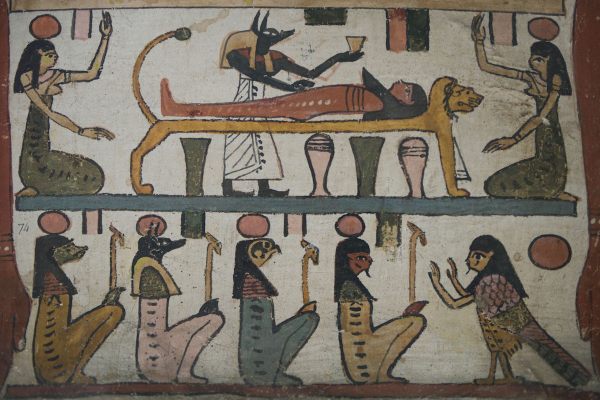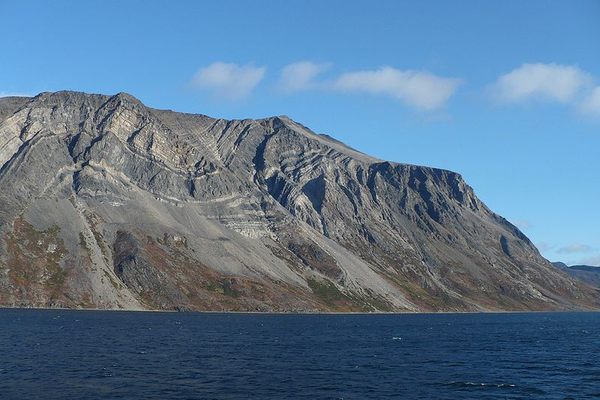Huge New Trove of ‘Life-Saving’ Helium Is Discovered
We’ve long fretted over a possible helium shortage.

(Photo: Tatiana Sapateiro/CC BY 2.0)
Helium, the gas used in everything from blimps to party balloons, is surprisingly hard to find.
Most of the time it’s discovered accidentally, like at the site of a natural gas drill, where helium can be trapped alongside another gas.
But British scientists announced Monday that they had found a huge new source of it, in Tanzania, in what they’re saying could be a life-saving discovery. This helium was the first to be discovered by a group looking for it intentionally, and, the University of Oxford says, it could power up to 1.2 million MRI scanners, which use liquid helium to cool the scanner’s magnets.
The scientists found the helium after specifically looking for areas of the world conducive to the gas’s creation, which they say can be helped along by volcanic activity, which releases the gas from its origins beneath the surface of the Earth. Scientists used to believe helium was perpetually threatened as a resource, since it is light enough to escape into space, but it’s now thought that the gas is constantly being created inside the Earth, released in part, the scientists showed, by volcanos.
“However, if gas traps are located too close to a given volcano, they run the risk of helium being heavily diluted by volcanic gases such as carbon dioxide, just as we see in thermal springs from the region,” Diveena Danabalan, one scientist behind the find said. “We are now working to identify the ‘goldilocks-zone’ between the ancient crust and the modern volcanoes where the balance between helium release and volcanic dilution is ‘just right.’”
All of which is good news, since, in recent years, scientists have fretted over a possible helium shortage. It’s also good news for helium-using products that are less life-dependent, like balloons and airships. Most blimps operating today get their lift from helium.
It provides good buoyancy, among other advantages, and also does not burst into flame.
Additional reporting by Cara Giaimo.















Follow us on Twitter to get the latest on the world's hidden wonders.
Like us on Facebook to get the latest on the world's hidden wonders.
Follow us on Twitter Like us on Facebook